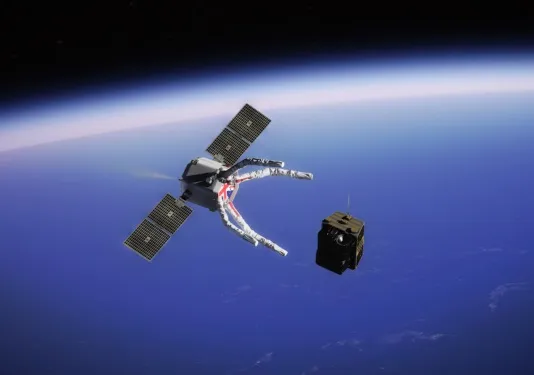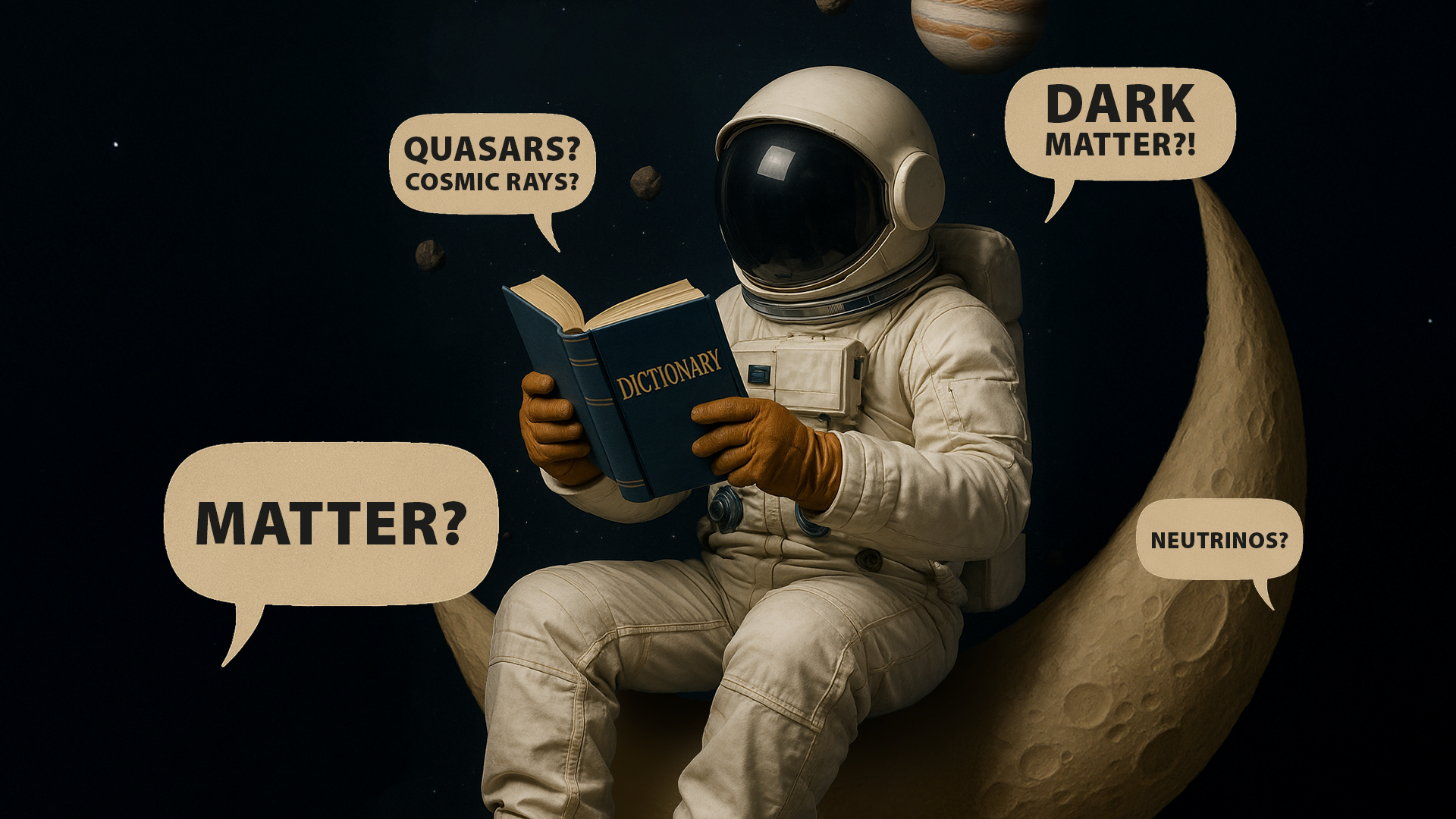Space & Astronomy
Recent Articles
Sort Options:

Liberatech Space to offer custom Earth-observation products for commodity, energy and environmental monitoring
Liberatech Space is set to launch tailored Earth-observation products aimed at enhancing monitoring in commodities, energy, and environmental sectors. This initiative reflects the growing demand for specialized data solutions in various industries, as highlighted by SpaceNews.

9 Best Free Astronomy Courses for 2025
Class Central highlights the top nine free astronomy courses for 2025, catering to various interests from beginners to advanced topics like black holes and extraterrestrial life. These courses offer engaging content and flexible learning options for all enthusiasts.

ClearSpace clears Phase 2 of active debris removal mission
ClearSpace has successfully completed Phase 2 of the UK Space Agency's CLEAR mission, showcasing the viability of active debris removal (ADR) services in space. This milestone marks a significant step towards sustainable space operations.

The cost of shrinking space science
In this week's episode of Space Minds, Mamta Patel Nagaraja, former NASA associate chief scientist, discusses the challenges of prioritizing space science, budget cuts, and the future of research on the ISS and beyond. The insights promise to intrigue space enthusiasts.

11 Confusing Space Terms Explained
Understanding key space terminology enhances comprehension of the cosmos, whether through documentaries or articles. The publication emphasizes the importance of these terms for anyone eager to explore the mysteries of the universe.

NASA’s SPHEREx space telescope has begun its mission to map the entire sky in 3D
NASA's SPHEREx space observatory has commenced its mission to map the entire sky over two years, capturing 3,600 images daily in 102 infrared wavelengths. This groundbreaking survey aims to enhance understanding of the early universe and search for life's building blocks.